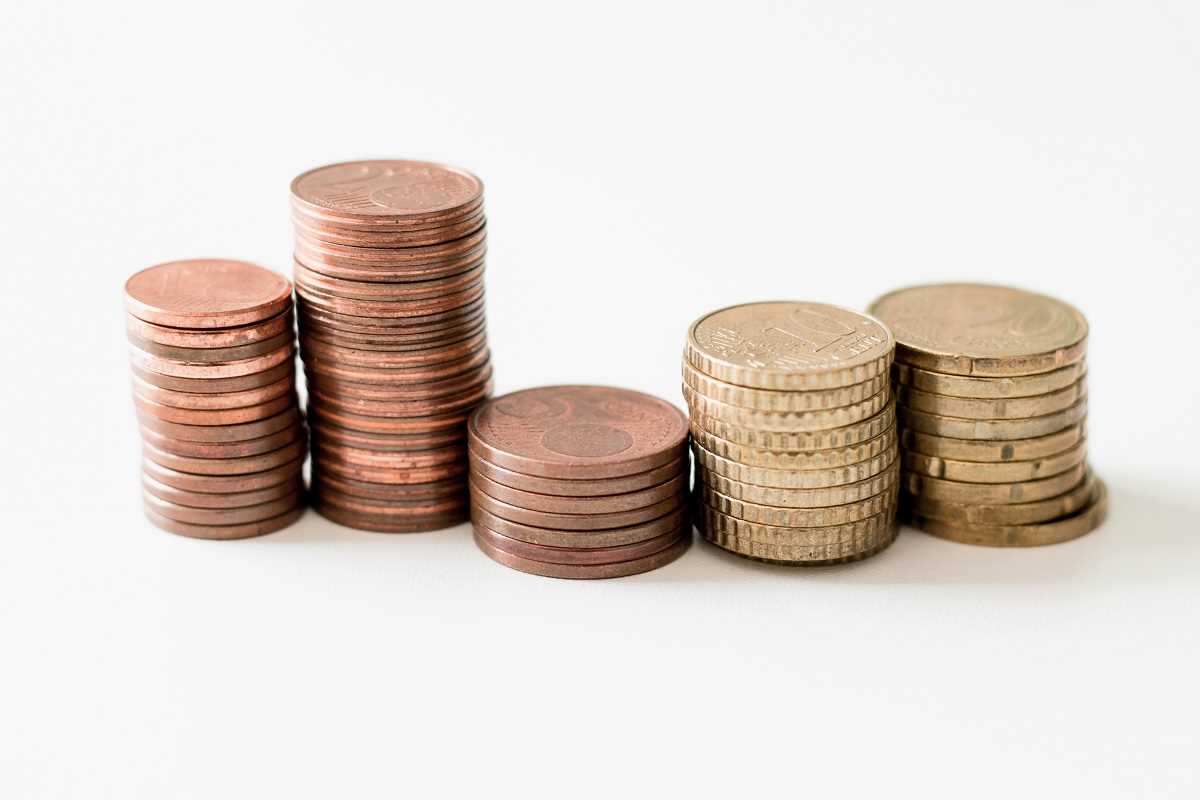Have you ever dreamed of owning a piece of a beachfront vacation home, a rare piece of art by a famous painter, or even a stake in a high-growth startup? For most people, these kinds of investments have always seemed out of reach, reserved for the ultra-wealthy. But the investing world is changing, and a powerful new trend is making it possible for everyday investors to own a slice of these valuable assets. It's called fractional ownership, and it’s opening doors to opportunities that were once firmly closed.
So, What Exactly Is Fractional Ownership?
At its core, fractional ownership is a simple idea: it’s the process of splitting the cost of an expensive asset among a group of people. Instead of one person needing to come up with millions of dollars to buy a skyscraper, hundreds or even thousands of investors can pool their money together. Each person then owns a "fraction" or a share of that asset. Think of it like a pizza. You don't have to buy the whole pie yourself; you can just buy a slice. Each slice is more affordable, but you still get to enjoy the same delicious pizza as everyone else.
This concept isn't entirely new. People have been informally pooling money for big purchases for centuries. What's different now is technology. The rise of digital platforms has supercharged this model, making it organized, secure, and accessible to anyone with an internet connection and a bit of money to invest. These platforms handle all the complicated stuff—the legal paperwork, the management of the asset, and the process of buying and selling shares—so you can focus on building your portfolio.
Why Is Fractional Ownership Gaining So Much Traction?
The appeal of fractional ownership comes down to a few key advantages that directly address the challenges many everyday investors face.
1. Access to Exclusive Assets:
Let's be honest: most of us don't have a spare million dollars lying around to buy a vintage Ferrari or a commercial real estate property. Fractional ownership platforms break down these high-cost barriers. You might be able to buy a share in a luxury apartment building for as little as $100. This opens up a whole new universe of investment opportunities that were previously the exclusive playground of institutional investors and the very rich. You can now invest in things like fine art, rare collectibles, farmland, and even music royalties.
2. Powerful Diversification:
You've probably heard the old saying, "Don't put all your eggs in one basket." This is the golden rule of investing, and it’s called diversification. Spreading your money across different types of assets helps reduce your risk. If one investment performs poorly, your other investments can help balance out the losses. Fractional ownership makes it incredibly easy to diversify. Instead of putting $10,000 into a single stock, you could put $1,000 into ten different assets: a piece of a rental property, a share of a vineyard, a stake in a racehorse, and so on. This creates a more resilient portfolio that is less vulnerable to swings in any single market.
3. Lower Barrier to Entry:
Getting started in traditional investing can sometimes feel daunting. Buying a whole rental property, for instance, requires a large down payment, securing a mortgage, and dealing with property management. With fractional ownership, you can get started with a much smaller amount of capital. Many platforms allow you to invest with just a few hundred dollars. This makes it possible for people who are just beginning their wealth-building journey to participate in markets that offer potentially high returns.
4. Professional Management:
When you buy a fractional share of an asset, you're not just buying the asset itself; you're also buying into a professionally managed system. If you invest in fractional real estate, for example, the platform company handles finding tenants, collecting rent, and dealing with maintenance. If you invest in a piece of fine art, experts handle the storage, insurance, and eventual sale of the artwork. This passive approach is perfect for people who want the financial benefits of owning these assets without the day-to-day headaches of managing them.
What Kinds of Assets Can You Invest In?
The world of fractional ownership is expanding rapidly, with platforms specializing in a wide variety of assets. Here are some of the most popular categories:
- Real Estate: This is one of the biggest and most established areas of fractional ownership. You can buy shares in single-family rental homes, multi-family apartment complexes, commercial buildings, and even vacation properties. Platforms take care of property management, and you earn your share of the rental income and any appreciation in the property's value.
- Fine Art: Owning a Warhol or a Picasso is no longer just for billionaires. Art investment platforms purchase iconic artworks, get them certified, and then offer shares to investors. When the art is later sold (often years down the line), the profits are distributed among the shareholders.
- Collectibles: This fun category includes everything from rare trading cards and comic books to vintage cars, luxury watches, and fine wine. These items have a history of appreciating in value, and fractional ownership allows you to invest in them without needing deep expertise or a climate-controlled vault.
- Farmland: Farmland is a stable and historically reliable asset class. Fractional platforms allow you to invest in working farms, earning returns from crop sales and the long-term appreciation of the land.
- Venture Capital (Startups): Traditionally, investing in promising new startups was limited to accredited (wealthy) investors. Now, some platforms allow you to buy small stakes in pre-vetted startups, giving you the chance to get in on the ground floor of the next big thing.
Things to Keep in Mind Before You Dive In
While fractional ownership offers exciting possibilities, it’s important to go in with your eyes open. Like any investment, it comes with risks and considerations.
- Illiquidity: One of the biggest differences between fractional shares and stocks is liquidity. You can sell a share of a public company like Apple or Google in seconds. Selling a fractional share of a building or a painting can be much harder and take longer. Many platforms have their own secondary markets where you can sell your shares to other investors, but there's no guarantee you'll find a buyer quickly or get the price you want. These are typically long-term investments.
- Fees: The platforms that make all this possible need to make money. They typically charge fees, which can include a management fee, a commission on transactions, or a share of the profits. Make sure you understand the fee structure of any platform before you invest, as these costs can impact your overall returns.
- Market Risk: The value of your investment can go down as well as up. The real estate market can crash, the art market can cool off, and a startup can fail. Fractional ownership doesn't eliminate market risk; it just gives you a more affordable way to take it on.
Fractional ownership represents a significant shift in the landscape of personal finance. It democratizes access to wealth-building tools and empowers a new generation of investors to build diversified, resilient portfolios. By breaking down high-value assets into affordable shares, these platforms are making it possible for you to own a piece of the world's most desirable investments, one slice at a time.
 (Image via
(Image via





